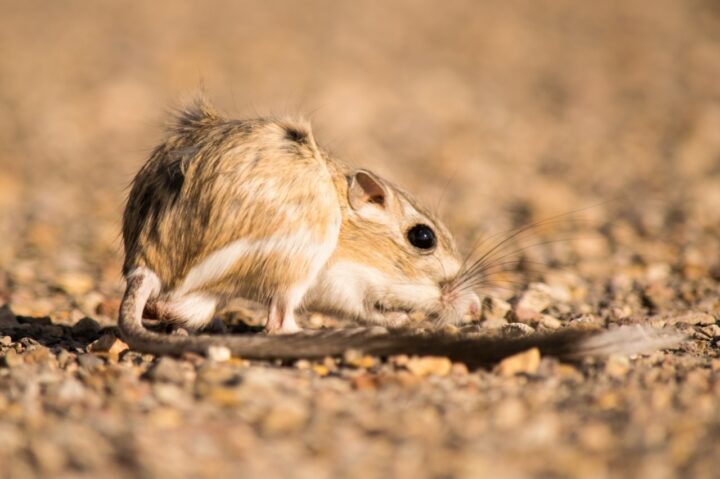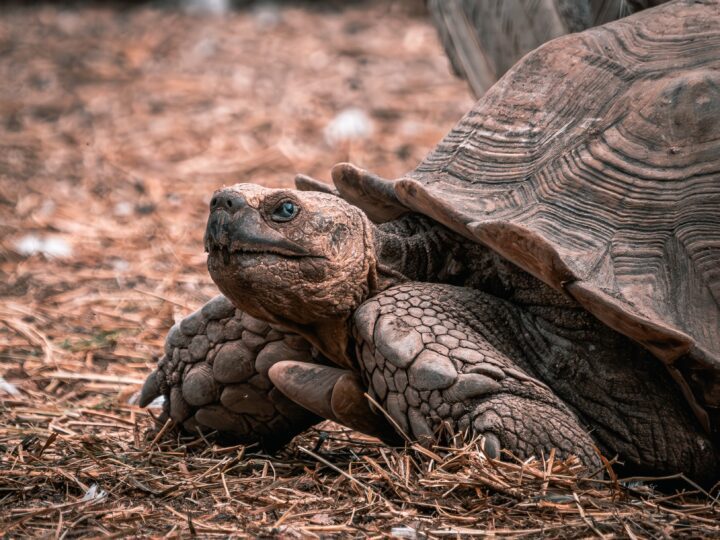Protect From Animals
Animals–organisms that range from microscopic to larger than a bus–embody a wide variety of harms to living systems, including other animals. They threaten through predation, herbivory, defense, and parasitism, and they compete for resources such as water, nutrients, and space. Any given living organism commonly faces threats from a variety of animals, requiring strategies that effectively defend from each. Trout and other bony fish, for example, escape predators by having scales made of very thin, flake-like pieces of bone covered with slippery mucus. They also have behavioral strategies such as camouflage, fast swimming, and twisting and turning to achieve release from a predator’s grip.
Manage Disturbance in a Community
When environmental conditions change, they can disrupt an ecosystem’s equilibrium. Excessive rain can cause flooding and drought can cause forest fires. An ecosystem must be resilient to such disturbances. Disturbances are unpredictable in location, size, and intensity, so ecosystems must be able to regrow and must have a variety of duplicate forms, processes, or systems that are dispersed in location. For example, a forest ecosystem can recover from fire because diverse organisms play different roles in different ways and in different locations. Many organisms can resprout or grow from seeds triggered by fire, and their dispersed distribution ensures that an entire population isn’t decimated. Though the recovered ecosystem may look totally different from the pre-fire one, the ecosystem as a whole remains healthy.
Maintain Biodiversity
The greater the amount of genetic and species variation in an ecosystem, the more resilient that ecosystem is to disturbances. Variation in ecosystems across the Earth also contributes to the Earth’s resilience to unpredictable changes. This variation is called biodiversity. Because living systems compete with each other for scarce resources, maintaining biodiversity involves creating conditions for a large variety of species to successfully co-occur and reproduce. For example, within a wetland, there are different vegetation types. This diversity results in a complex mosaic of microenvironments as the vegetation types alter air flows, light regimes, and water temperatures and chemistry. Because organisms vary in their ideal environmental conditions, these micro-environments increase the diversity of plants in the wetland. In turn, having a wetland in an otherwise dry area increases biodiversity at an even larger scale.





